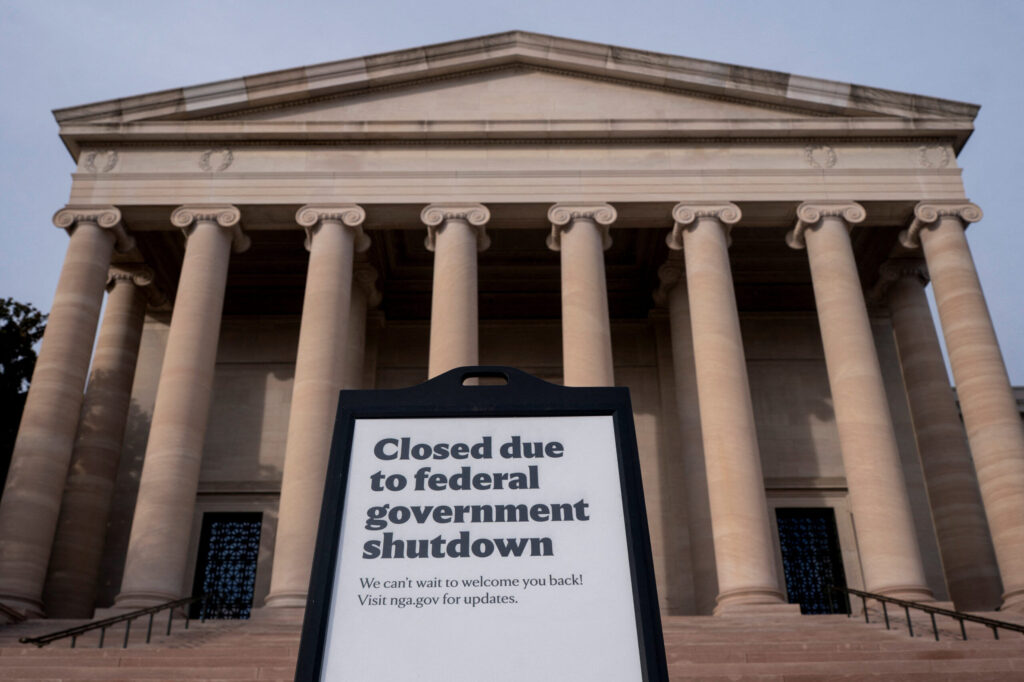Property tax relief coming in El Paso County? 2025 forecast offers a mixed bag.
For many El Paso County homeowners, opening the letter containing their 2023 property tax estimate was a blood-pressure-raising experience.
“It really scared a lot of people,” said El Paso County Assessor Mark Flutcher.
For good reason: The county’s biennial reappraisal process took into account the housing market from the last half of 2021 though the first half of 2022, in which property values shot through the roof in Colorado Springs and statewide.
The estimate sent out to property owners in their notices of value reflected that increase because the tax assessor uses modeling based on home prices. The notice calculated estimated 2023 taxes based on 2022 tax rates, before actual rates came out in the fall. The result: pandemonium.
Signatures submitted to add Colorado property tax initiative to November ballot
“The real estate market was just crazy,” said Flutcher, whose office handled 10 times their usual number of appraisal appeals as homeowners reeled from the new tax estimates.
In 2021, the office processed 3,976 appraisal appeals. In the next appraisal year, 2023, the office processed over 33,000. Actual tax burdens ended up less than expected, but area homeowners still saw across-the-board increases.
This year, Flutcher says things have calmed down, thanks to a cooling housing market and various legislation aimed at alleviating the tax burden for Colorado homeowners.
The 2025 appraisal year is forecasting more moderate increases, though the most vulnerable homeowners in the Pikes Peak region may continue to struggle.
Estimates vs. reality
On average, home appraisals in El Paso County increased by about 40% from 2022 to 2023, close to the statewide average. In 2022, a $400,000 property would be subject to an estimated overall mill levy of $80.62. The assessed value of a home is a percentage used for calculating taxes, which was 6.95% in 2022. That tax bill with no discounts or credits applied would be about $2,241.
On the 2023 notice of value, that average value increased to $560,000 with an estimated county tax burden of $3,053, a $731 difference.
The reality come tax season was a little less dire. Most taxing entities subject to TABOR revenue limitations adjusted rates downward, while the state introduced emergency measures to provide one-time relief.
Midyear report: Colorado’s economy sees steady gains across the board
Lawmakers took a sliver out of assessed value for residential homes in Colorado, reducing the 2023 assessment rate from 6.765% to 6.7% and shaving off $55,000 in the assessment calculations.
The homeowner with a now $560,000 assessed property in reality owed about $2,322.
Flutcher said his office will no longer include an estimated tax bill when it sends out notices of value to avoid a repeat of last year.
“That estimate was very misleading,” he said.
Making ends meet
The impact of even adjusted increases hit the typical homeowner hard, says Pikes Peak Housing Network Executive Director Jill Gaebler. She said an average household income for a family of four in the region is $104,000. Typical financial advice is not to spend more than 30% of income on housing, or about $2,600 per month. She said “very few” families are capable of meeting that margin, and fewer still as ancillary expenses rise.
“The rapid and high increase in property taxes has very quickly harmed families,” she said in an email statement.
That translated, she said, to about 17% of overall household expense increases for Coloradans in 2023 coming from property taxes alone.
Seniors in the region living on fixed incomes are especially vulnerable, says Silver Key Senior Services President Jason DeaBueno.
As rates rise and coverage vanishes, Pikes Peak area home insurance market reaches ‘tipping point’
“Any change to an older adult’s fixed income has a very direct and meaningful impact on their lives,” he said.
DeaBueno said that some of the community members using Silver Key’s services, including its food bank, have to balance housing costs with food, medications and utilities.
“They run the risk of being unplugged,” he said.
Regionally, Flutcher said that lower income neighborhoods saw some of the highest property tax increases.
“They took the biggest hit during the late recession property loss, then largest property increases percentage-wise,” he said.
When people lost homes at higher rates in those areas, corporate homebuyers came in to buy foreclosed properties at cash-offer prices. The Gazette has previously reported that corporate buyers bought 1,600 homes in the area between 2016 and 2021, turning many into rentals. That exacerbated an already competitive market and housing shortage.
Flutcher said the hardest-hit area percentage-wise for property taxes was southeast Colorado Springs.
Stabilizing markets, new legislation
A homeowner’s new tax bill is not likely to see the same staggering increases as their last, even when the property is reappraised. Flutcher’s office is expecting a “typical” appraisal increase from 2023 to 2025 of 10%-15%.
Most of that is due to a settling housing market. A house that would have sold with a cash offer within a week of being put on the market in 2021 is now staying on for more like three weeks in the area, said Flutcher.
Gaebler said that remaining high interest rates were keeping homebuyers “skittish” about the market.
The Colorado General Assembly already began placing limits on property tax increases in the most recent legislative session. Senate Bill 233 puts a 5.5% cap on revenue increases year to year for local governments excluding school districts. Assessment rates are also now split between government and school districts for the 2025 tax period. The year after that, the law phases in a 10% reduction in a home’s valuation up to $70,000.
For seniors, a tax exemption that takes 50% of the first $200,000 off the valuation is now mobile to take into account downsizing. Another bill put the rule in place this year to allow the exemption to carry over to another residence, when before a homeowner had to own their home for over 10 years to qualify.
Flutcher said the new rule might offer more flexibility, but cautioned seniors since the moving allowance is only in place for the next two years.
Gaebler said that while seniors may want to move, they may not be able to find what they are looking for due to current zoning prohibiting smaller housing like condos and accessory dwelling units in many areas.
“The biggest issue is that in Colorado Springs we are building very few smaller homes or condos within existing neighborhoods, which is where seniors want to live,” she said.
Meanwhile, voters will likely decide on two measures in November to cap revenue increases for certain tax districts and cut taxes. Proposition 50, now on the ballot, is a constitutional amendment to cap residential property tax revenue increase at 4%. Proposition 108, if put on the ballot, would freeze residential property tax assessment rates at 6.7% and commercial at 24%.











